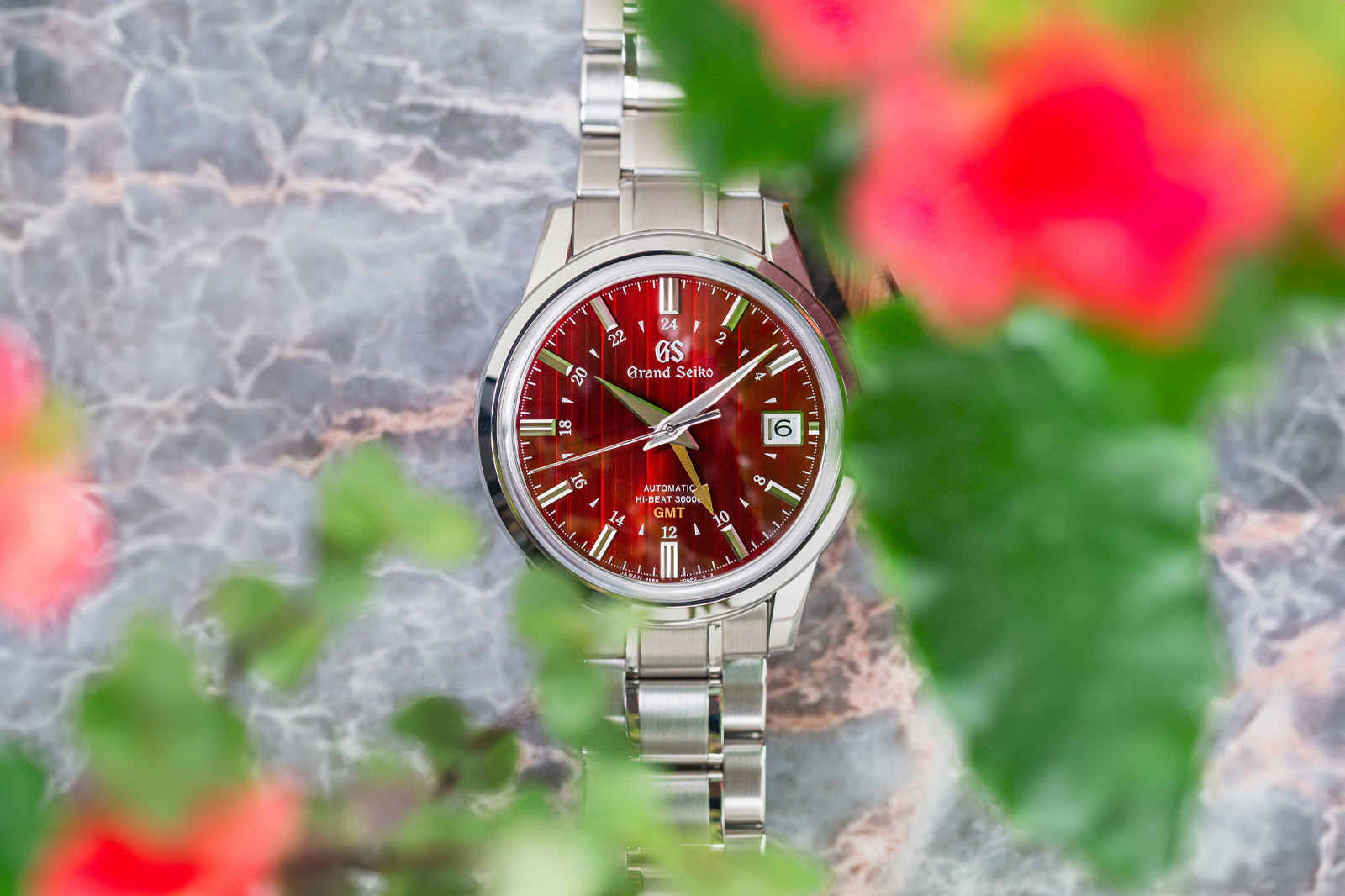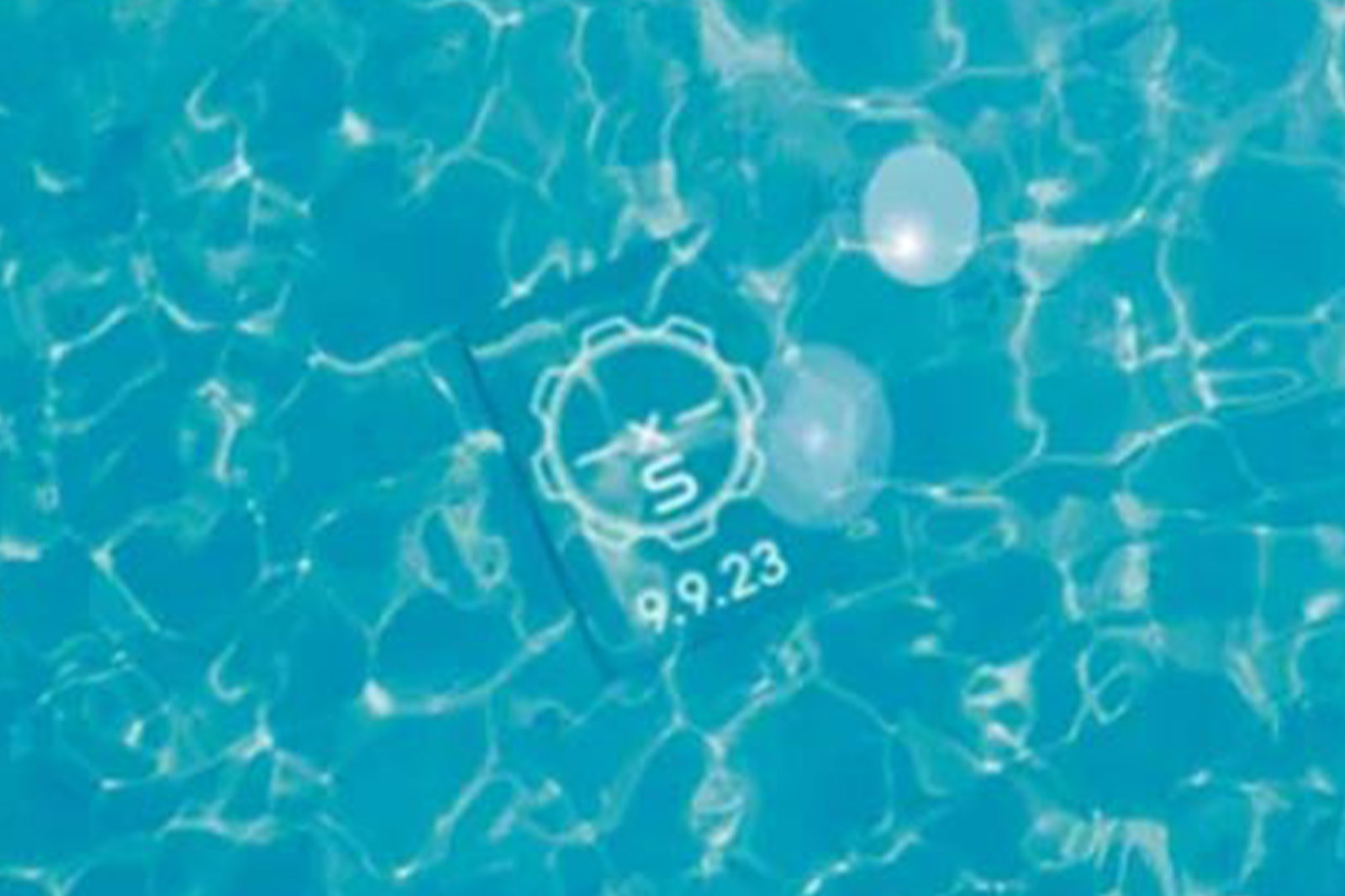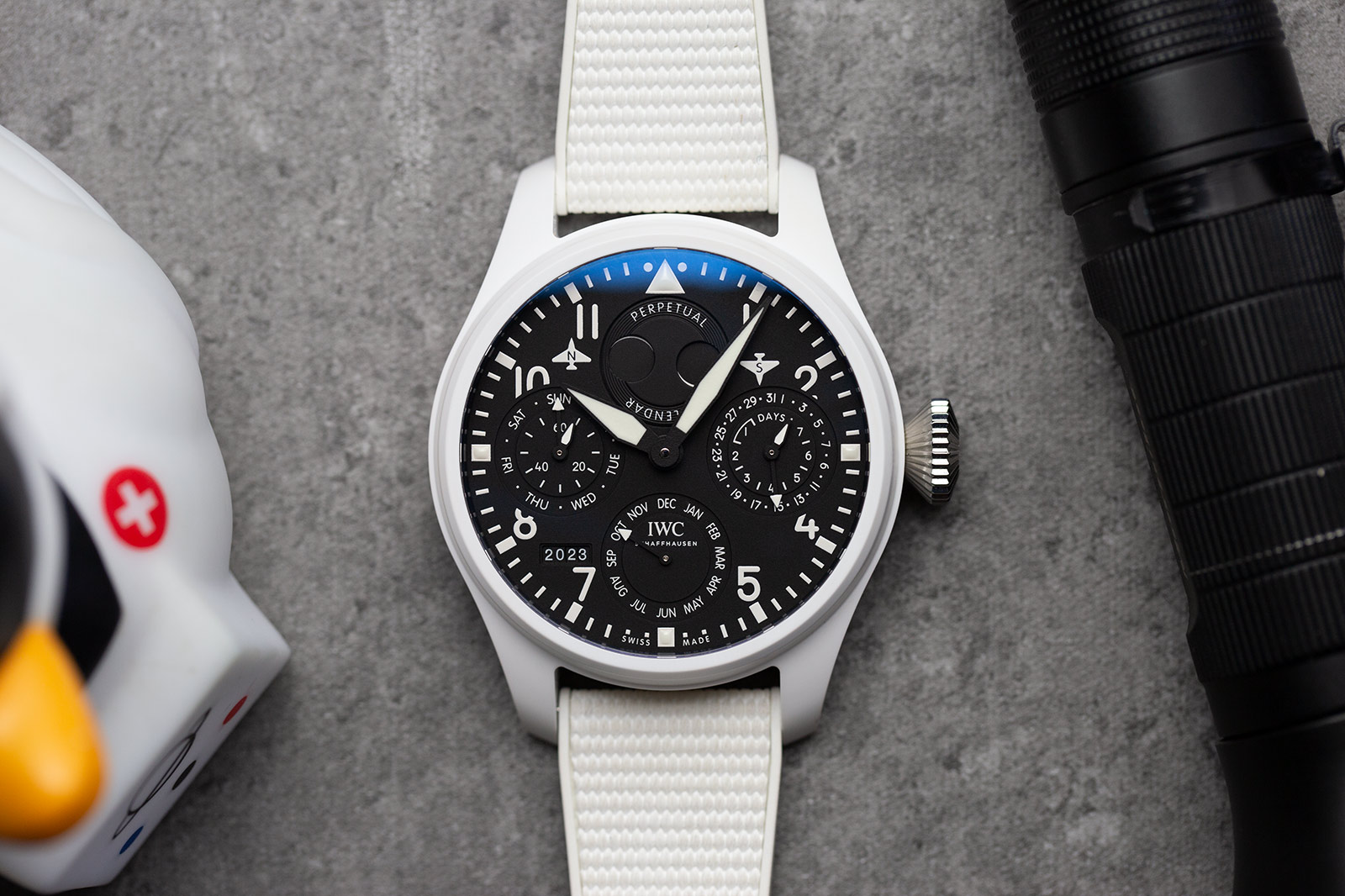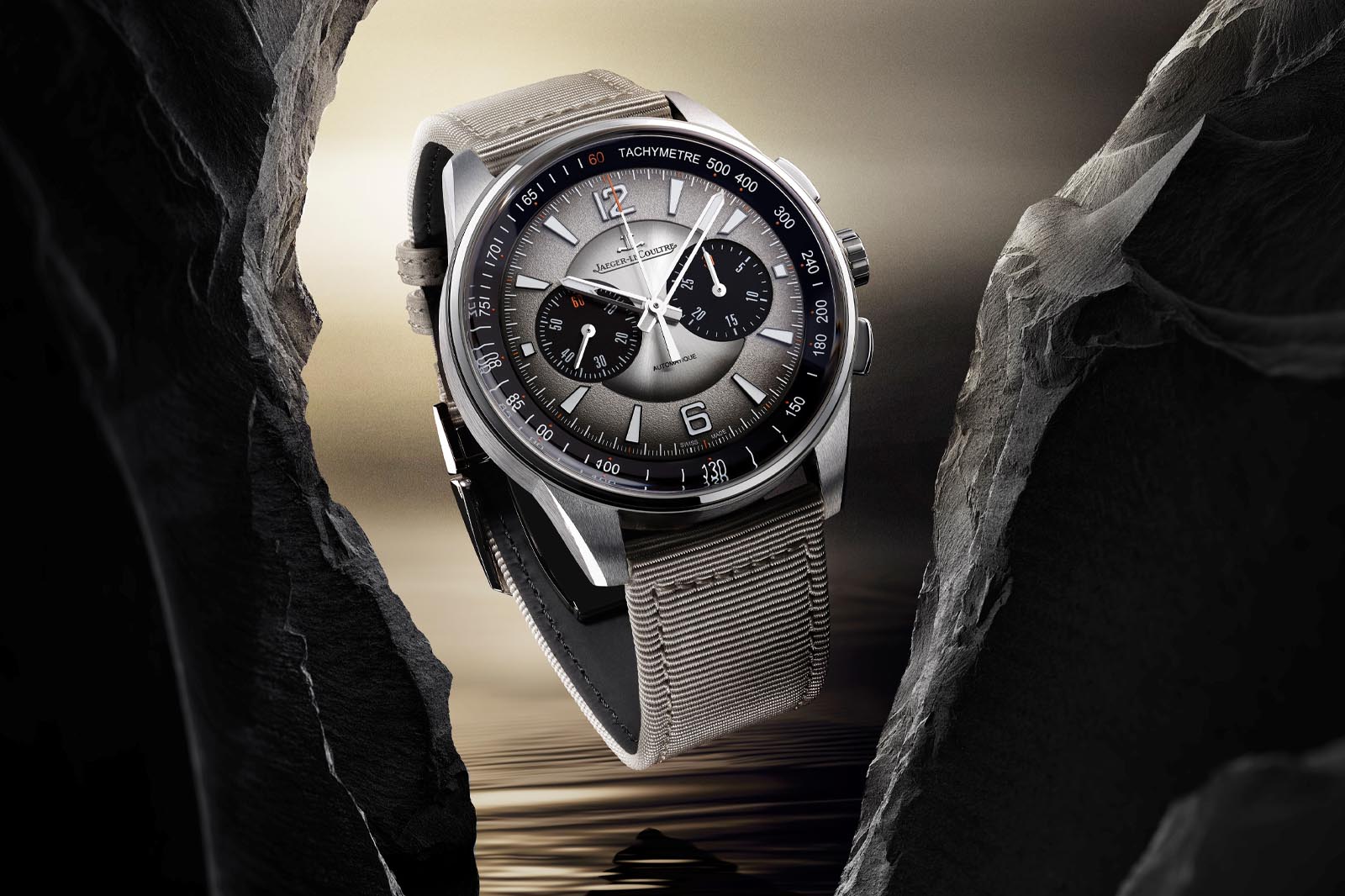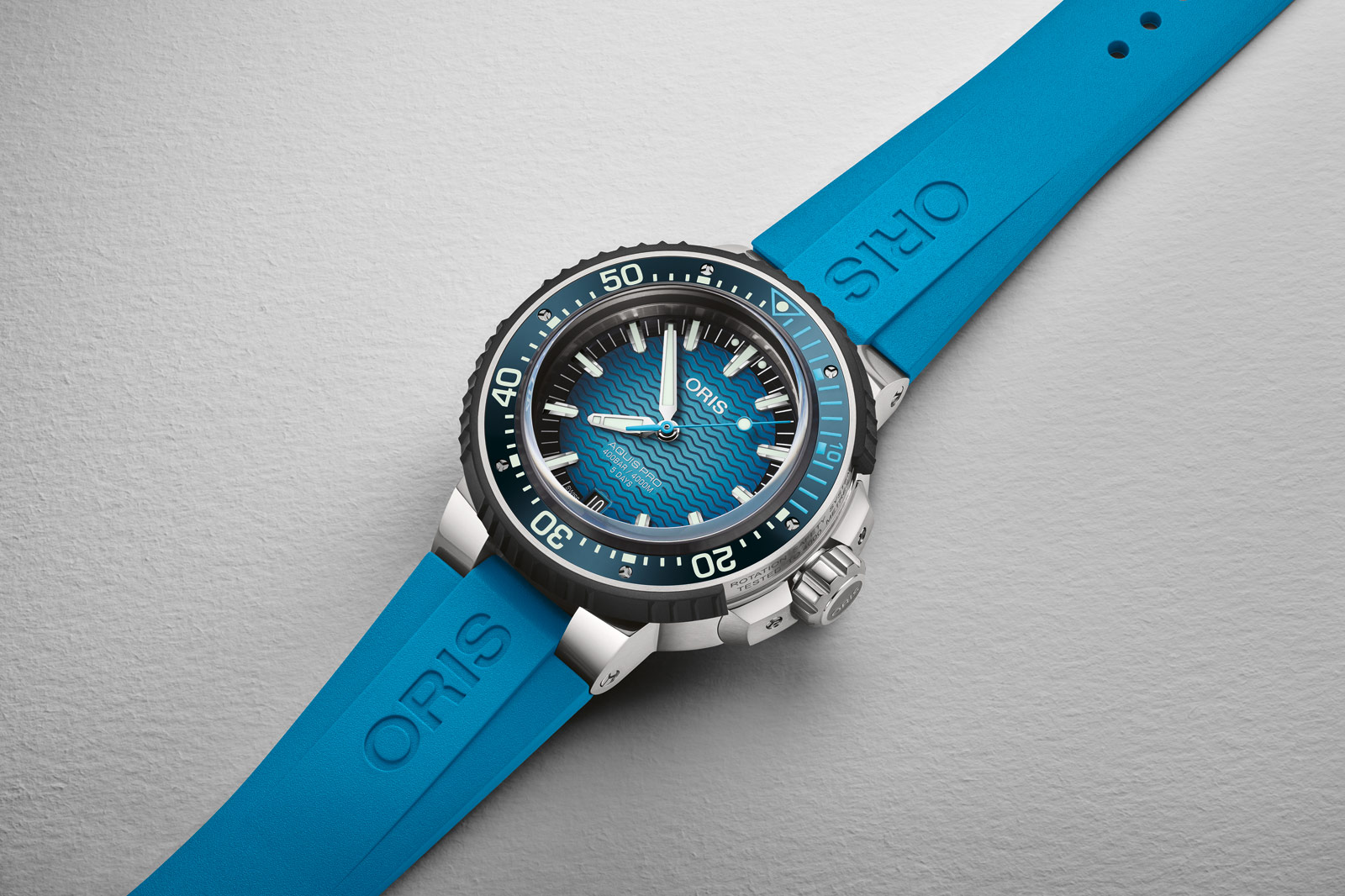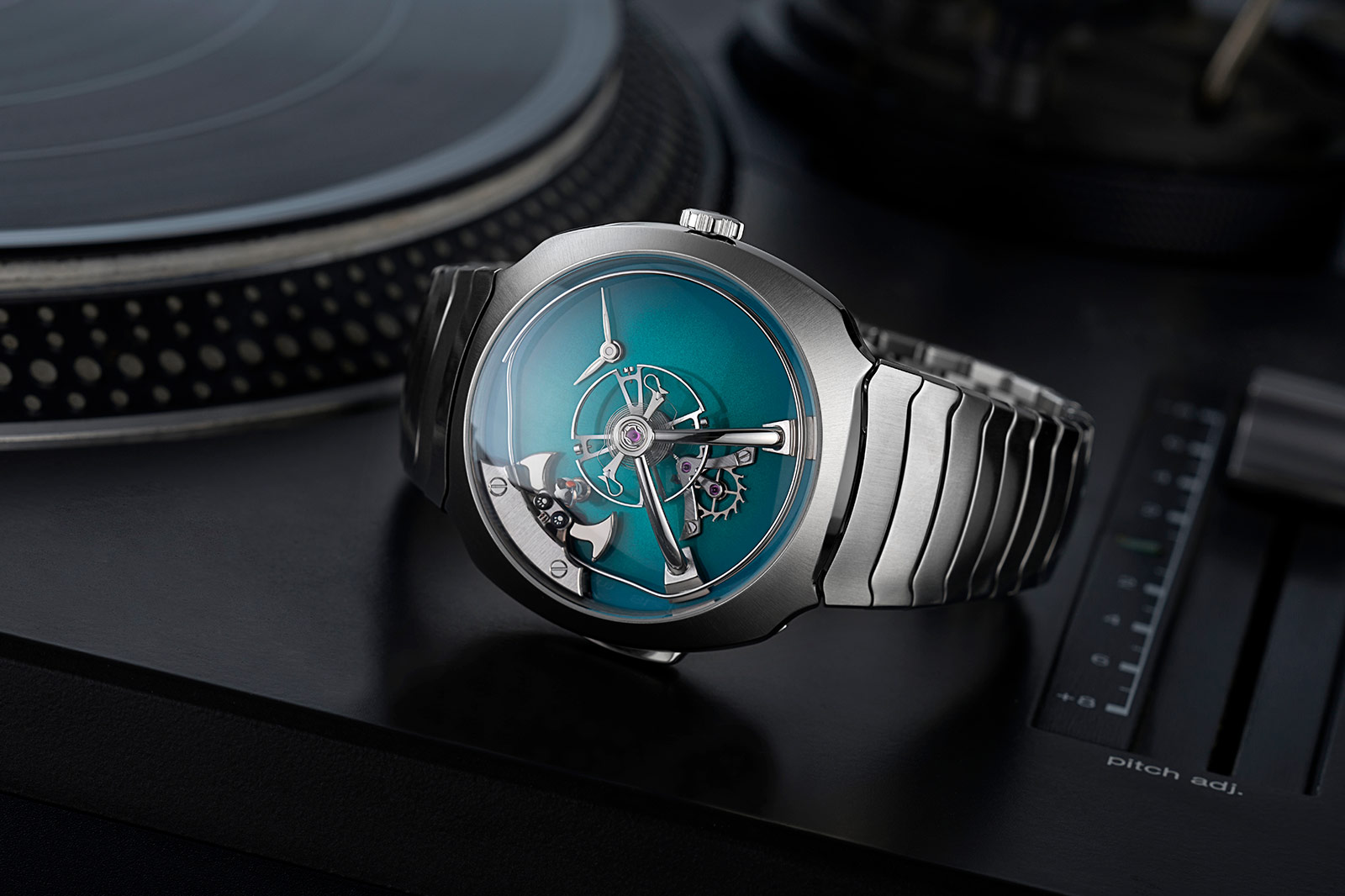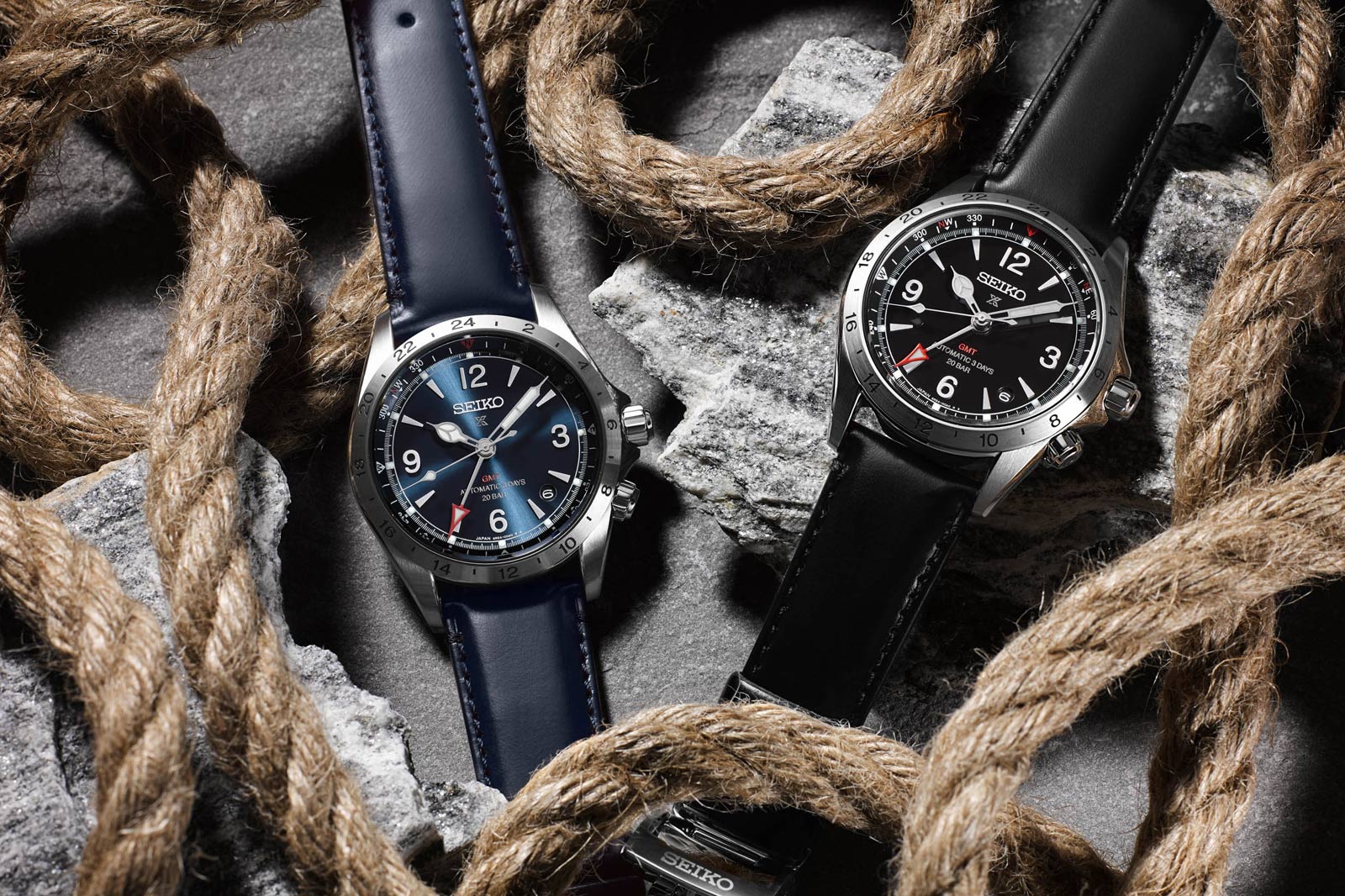
The Seiko Alpinist is a perfect example of the quintessential qualities of a tool watch: versatile, durable, well proportioned and stylish. When I say versatile, I mean that both in terms of it can go anywhere and do anything, but also that there are a variety of models and styles available such as the “Rock Face” limited edition and the 1957 Re-Interpretation. However, one slight draw back to the Alpinist is that it’s only available in time and date versions, lacking any additional functions or utility. That is, until now and the launch of the Seiko Alpinist GMT SPB377J1 and SPB379J1.
As you are likely able to infer, the Seiko Prospex Alpinist GMT introduces a GMT complication to the model allowing you to track two time zones at the same time. It’s the archetypal travel function, enabling you to display home time on the bezel-mounted 24-hour scale and local time with the regular time display. It makes a lot of sense for the Alpinist since it’s designed to take on mountains and adventures, both of which will often take you to foreign shores.
Alternatively, if you’re stuck in the office a GMT helps keep track of that important phone call you have scheduled with a client on the other side of the world, although that’s slightly less glamourous.
In terms of specs and structure, the Prospex Alpinist GMT remains as robust as ever. It measures 39.5mm in diameter in stainless steel with 200m water resistance and 4,800 A/m magnetic field resistance. Large enough to be easily legible, small enough that you won’t constantly knock it on your equipment and capable of withstanding the vast majority of environments you can expect to encounter. Naturally there is a difference to previous models in that the bezel now bears a 24-hour scale.
Looking at the dial, this is where the SPB377J1 and SPB379J1 diverge, the former having a sunray blue dial while the latter is black. Despite the differences in colour, both feature white markings, red GMT-hands and matching compass markings around the periphery. The compass markings relate to the fact that a wristwatch can be used to calculate bearings when used in conjunction with the sun, which you can learn how to do here.
Under the surface is the 6R54 automatic GMT movement, which has a 72-hour power reserve. That’s actually a slightly higher power reserve than the non-GMT edition Alpinists, impressive considering that typically adding a complication means there’s more mechanisms drawing on the power and so the reserve is usually lower. Although the higher specs and additional functions are reflected in the Prospex Alpinist GMT SPB377J1 and SPB379J1’s prices. Both are £990, about £300 higher than time and date editions. It’s a solid addition to the range that makes technical and thematic sense.
Price & Specs:
Model: Seiko Prospex Alpinist Mechanical GMT
Ref: SPB377J1 (blue), SPB379J1 (black)
Case/dial: 39.5mm diameter x 13.6mm thickness, stainless steel case, blue or black dial
Water resistance: 200m (20 bar)
Movement: Seiko calibre 6R54, automatic, 24 jewels
Frequency: 21,600 vph (3 Hz)
Power reserve: 72h
Functions: Hours, minutes, seconds, date, GMT
Strap: Blue (SPB377) or calfskin (SPB379) with deployant clasp and push-button release
Price/availability: £990, available from 1st October 2023
More details at Seiko Boutique.
Oracle Time
